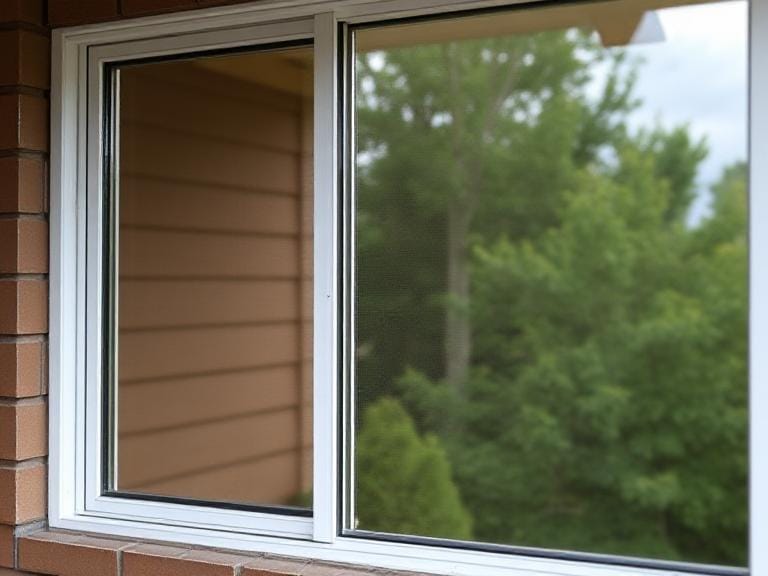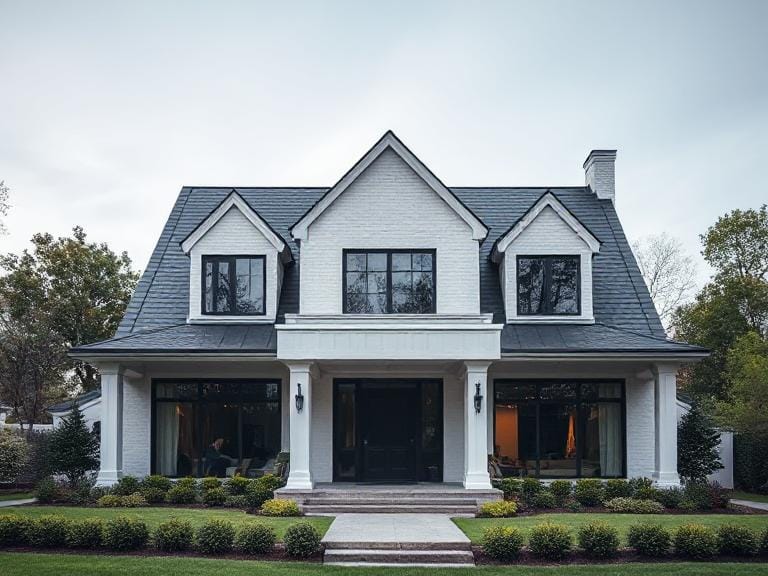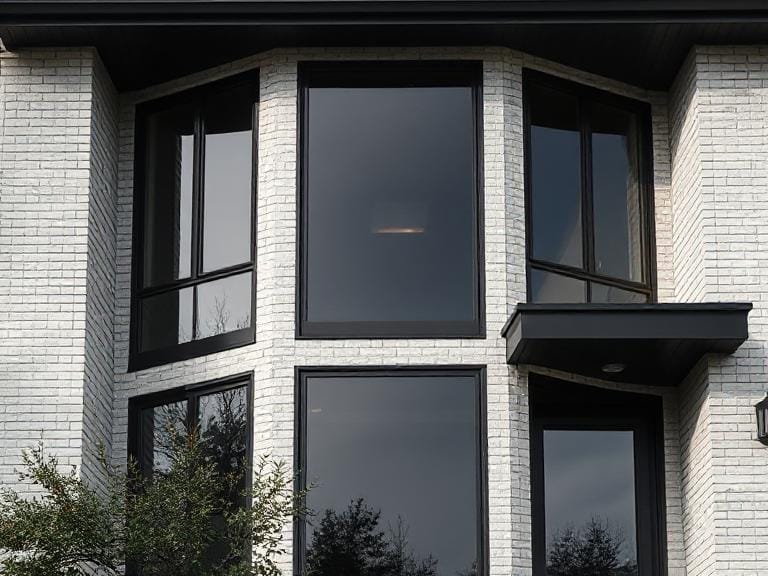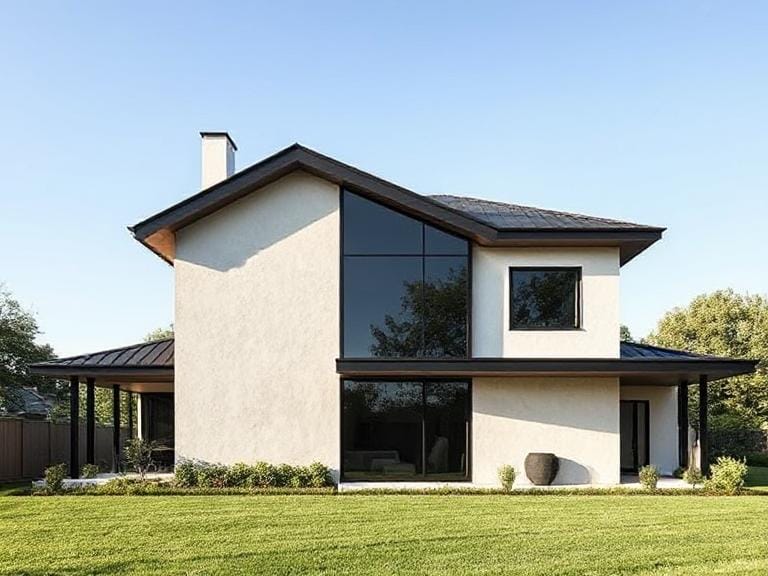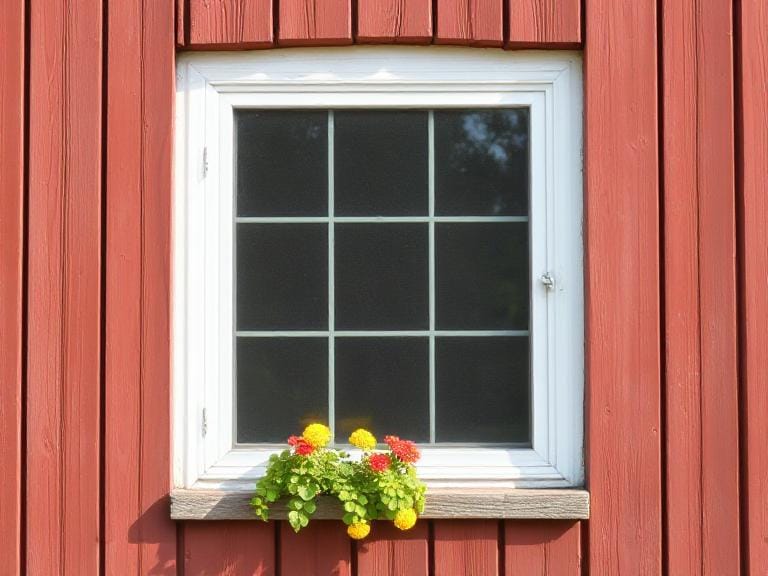How Window Film Improves Energy Efficiency Across the GTA
Window film technology has seen significant advancements in recent years, offering a range of solutions to enhance energy efficiency in residential and commercial settings. There are different types of window films available on the market, each designed to serve specific functions. The most popular categories include solar control films, low-emissivity (Low-E) films, and decorative films.
Solar control films are engineered to block unwanted heat and glare from the sun. By reflecting and absorbing solar energy, these films can significantly reduce cooling costs during the warmer months. They help maintain a comfortable indoor temperature while minimizing the reliance on air conditioning, thereby promoting energy efficiency.
Low-emissivity (Low-E) films are specifically designed to minimize heat transfer between the interior and exterior of a building. These films utilize a thin metallic coating that reflects infrared radiation back inside, which helps keep buildings warm in winter and cool in summer. By reducing thermal escape and improving insulation, Low-E films offer an effective means of enhancing a building’s energy efficiency across all seasons.
Decorative films, while primarily aesthetic, can also play a role in energy efficiency by controlling glare and providing privacy. These films can be applied to enhance the appearance of glass surfaces while simultaneously contributing to overall comfort within the space.
Manufactured using advanced materials like polyester and various polymers, window films are subjected to rigorous testing to ensure durability and performance. The latest advancements in technology have led to the development of films that are not only more effective but also easier to install. Additionally, innovations such as spectrally selective films allow for targeted reduction of specific wavelengths of light, optimizing energy efficiency further without compromising indoor brightness.
This understanding of window film technology lays the groundwork for comprehending the broader benefits that these films can offer in terms of energy savings, improved comfort, and aesthetic enhancement.
Energy Savings and Cost Benefits
As energy costs continue to rise, many homeowners and businesses are actively seeking methods to enhance energy efficiency and reduce their monthly bills. One proven solution is the installation of window film, which has demonstrated its ability to improve thermal performance in buildings across the Greater Toronto Area (GTA). By effectively reducing heat transfer, window films enable substantial savings on heating and cooling costs.
Statistics indicate that buildings outfitted with high-quality window films can experience energy savings of up to 30% on their overall energy consumption. This is particularly relevant in the GTA, where hot summers and cold winters necessitate significant energy usage for climate control. A case study highlighting an office building in downtown Toronto revealed that after installing window film, the property owners reported a 25% decrease in energy bills within the first year. Such figures exemplify the profound financial benefits window films can provide.
The initial investment in window film can vary based on the type and quality chosen, but the potential return on investment (ROI) makes it a compelling option. Generally, businesses and homeowners can expect a payback period ranging from three to five years, depending on their specific energy needs and the extent of window film coverage. Furthermore, as energy utility prices increase, the long-term savings become increasingly significant, solidifying window film as a prudent financial strategy.
In addition to the inherent cost savings, the province of Ontario offers various incentives and rebates for energy-efficient upgrades, including window film installations. Residents and business owners in the GTA may benefit from financing options that make the initial investment more manageable, easing the transition into energy-efficient solutions. These financial advantages underscore the merit of integrating window film as a key component of energy efficiency efforts within the region.
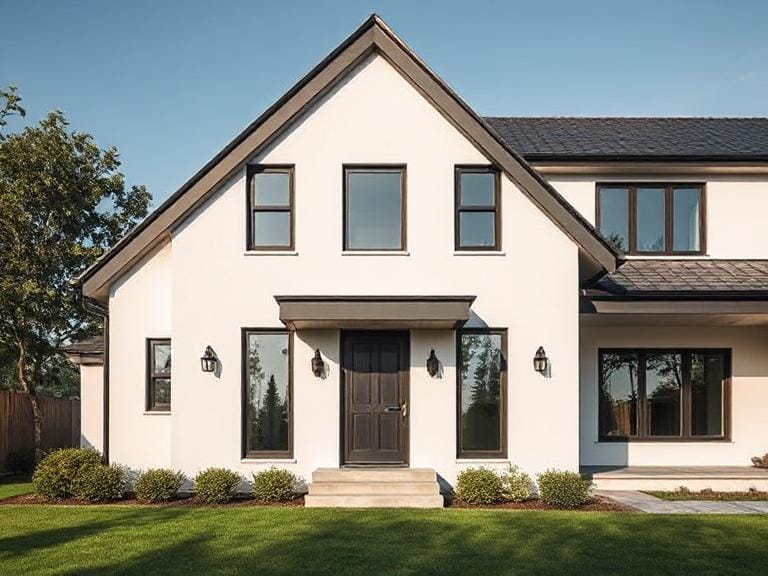
Comfort and Health Benefits
Window film plays a vital role in enhancing indoor comfort and contributing positively to overall health. One of the primary benefits of window film is its ability to regulate indoor temperatures, creating a more stable and pleasant environment throughout the year. By reflecting a significant portion of solar heat during the warmer months, window films help keep indoor spaces cool, while in colder seasons, they prevent heat loss through windows. This temperature regulation mitigates the discomfort often caused by drafts or overheating in sunlit areas, leading to a more enjoyable living or working space.
Additionally, window films minimize glare, which can be a significant disruption in both residential and commercial settings. This reduction in glare not only improves the visual comfort in a room, allowing occupants to engage with screens and other surfaces without strain, but also encourages more natural lighting. The enhanced natural lighting benefits psychological wellbeing, fostering a more uplifting atmosphere that can increase productivity and promote a sense of calm.
In terms of health protection, window film offers crucial shielding against harmful ultraviolet (UV) rays. Extended exposure to these rays can lead to skin damage, including premature aging and increased risks of skin cancer. By installing window films, individuals can significantly reduce their exposure to UV radiation, creating a safer environment for both occupants and visitors. Furthermore, this protective layer helps to preserve the integrity of interior furnishings, preventing them from fading due to sun exposure, thereby extending their lifespan and maintaining aesthetic quality.
Overall, the installation of window film presents multiple comfort and health advantages. By creating a balanced environment regarding temperature control, glare reduction, and UV protection, individuals can experience both immediate and long-term benefits that contribute to a healthier and more comfortable lifestyle.
Choosing the Right Window Film for Your Needs
Selecting the appropriate window film requires careful consideration of various factors that influence its performance and suitability for your specific situation. One primary consideration is the building orientation, as properties facing different directions may receive varying levels of sunlight throughout the day. For instance, south-facing windows might benefit from a window film that offers substantial heat rejection, while east or west-facing windows may require a balance of glare reduction and natural light entry. Understanding your building’s orientation can significantly impact the effectiveness of the window film selected.
The climate in the Greater Toronto Area (GTA) also plays a critical role in your decision-making process. The region experiences a wide range of seasonal temperatures, which may necessitate different types of films for winter and summer months. For example, window films with low solar heat gain coefficients are ideal for hot summers, while those with insulating properties can be advantageous during cold winters. Assessing your climate-related needs ensures that the chosen window film aligns with energy efficiency goals throughout the year.
Additionally, the type of windows in your building should influence your selection. Different materials such as single-pane, double-pane, or Low-E glass present unique challenges and advantages when applying window films. Thus, consulting with professional installers who possess expertise in the varying types of window films and their compatibility with your glass type is highly recommended. These experts can ensure that the installation process adheres to local building codes and guidelines.
Lastly, proper maintenance is key to maximizing the lifespan and performance of window films. Regular cleaning with non-abrasive solutions and avoiding harsh chemicals can help preserve the integrity of the film. Adhering to these practices, coupled with timely professional inspections, will further enhance your investment in window films, ensuring long-lasting energy efficiency benefits for your property.


